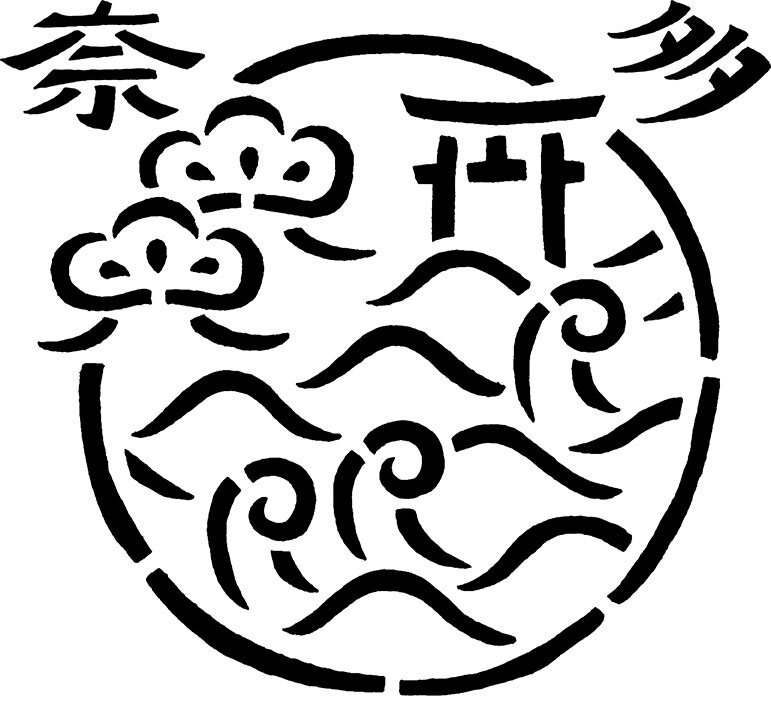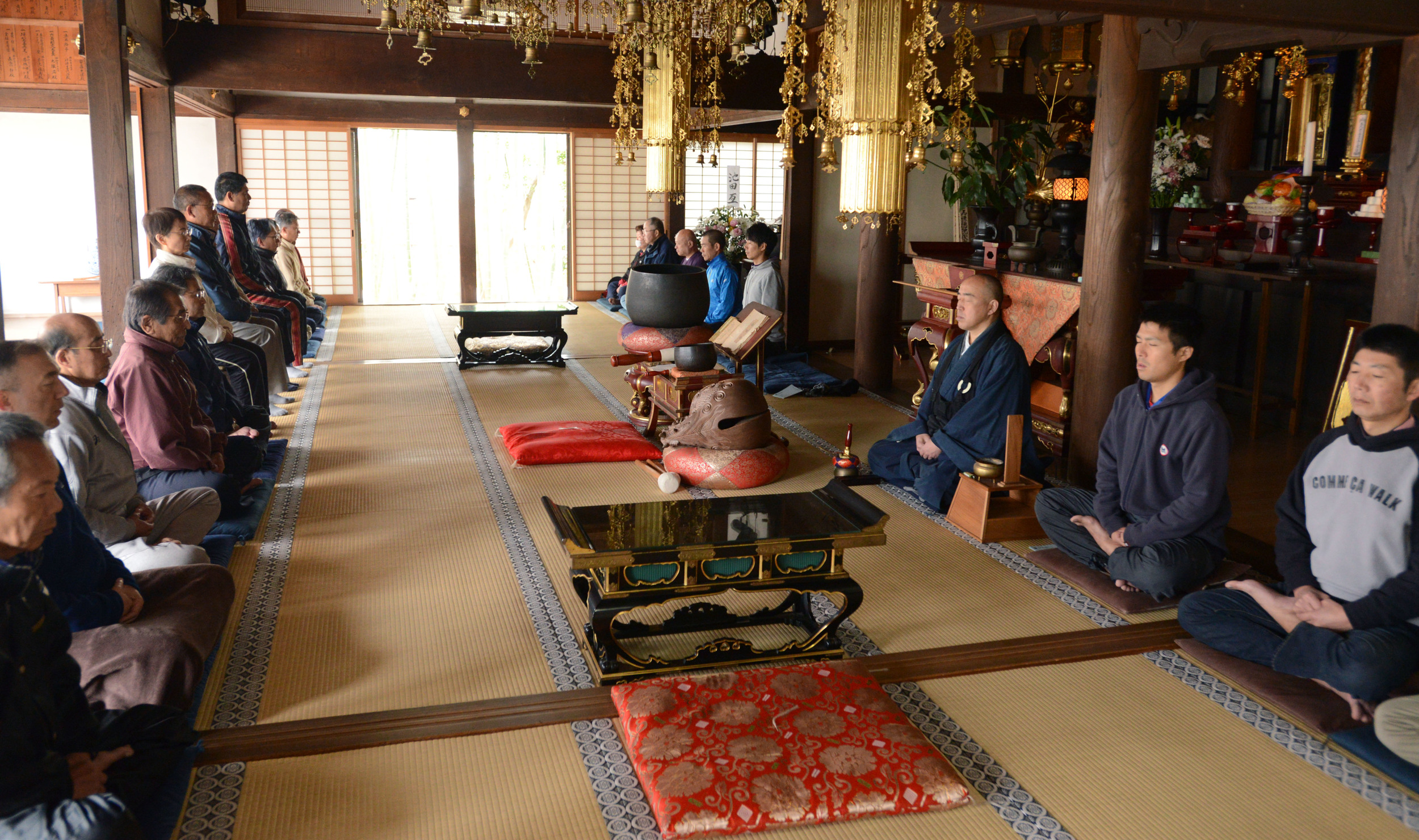
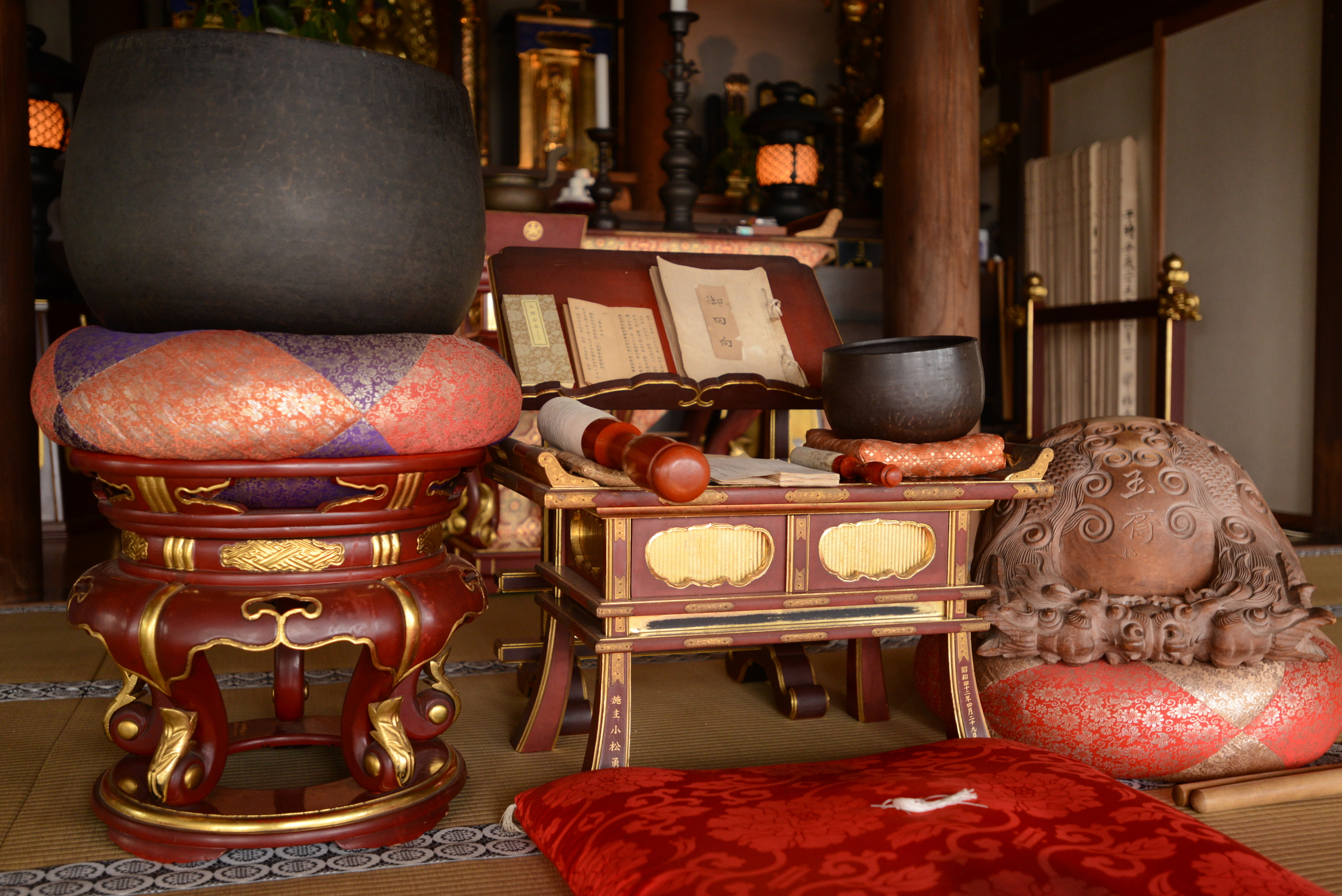
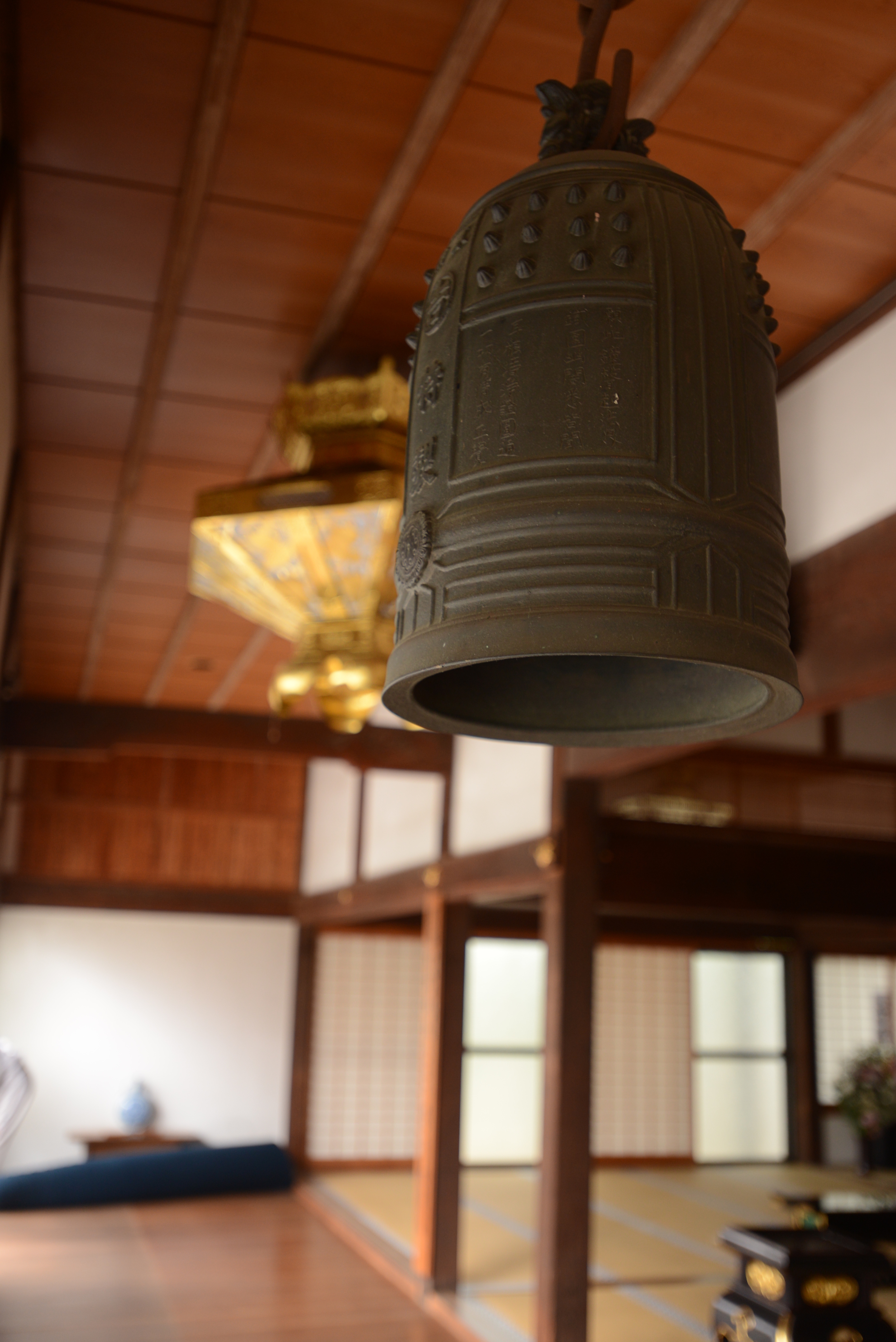

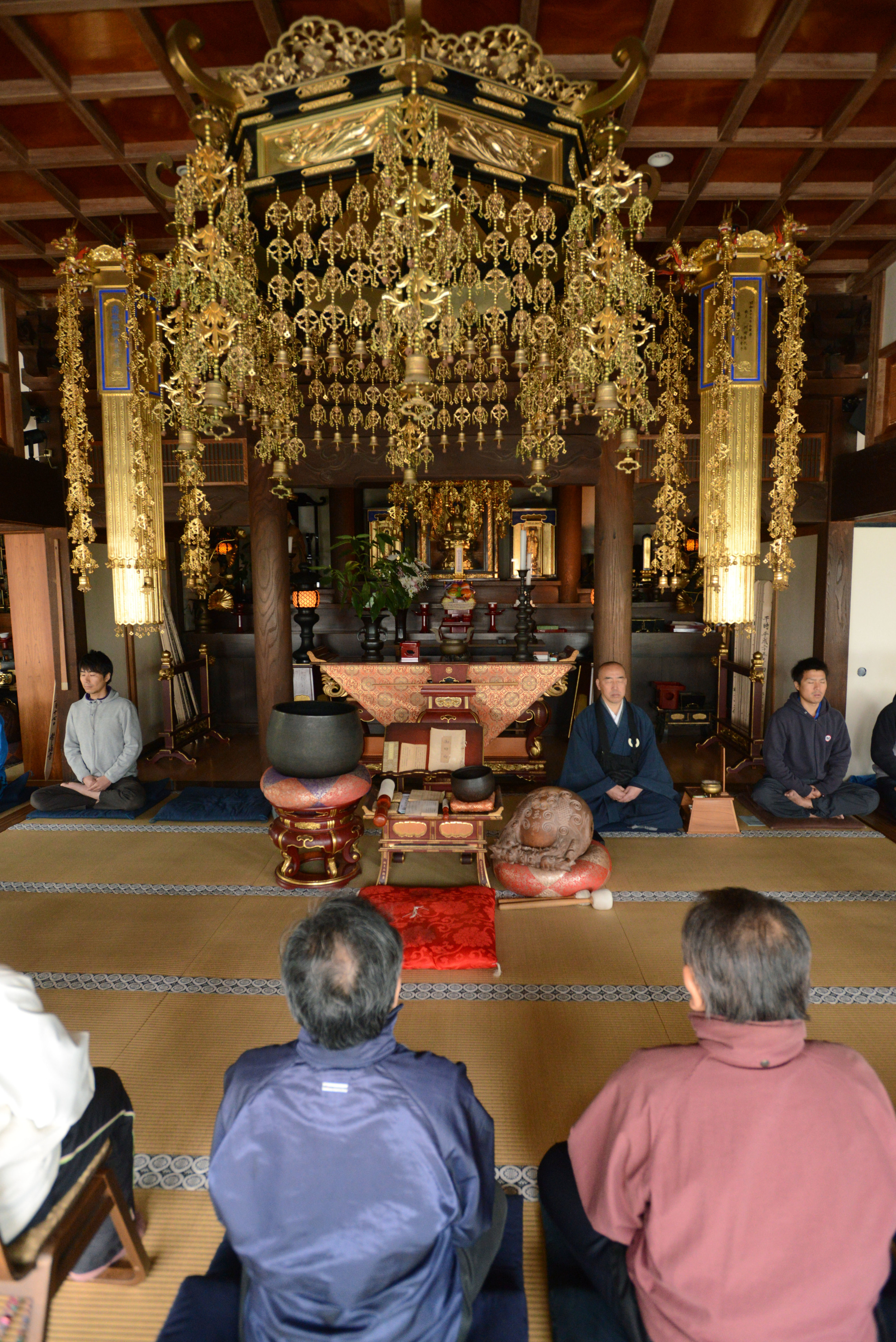
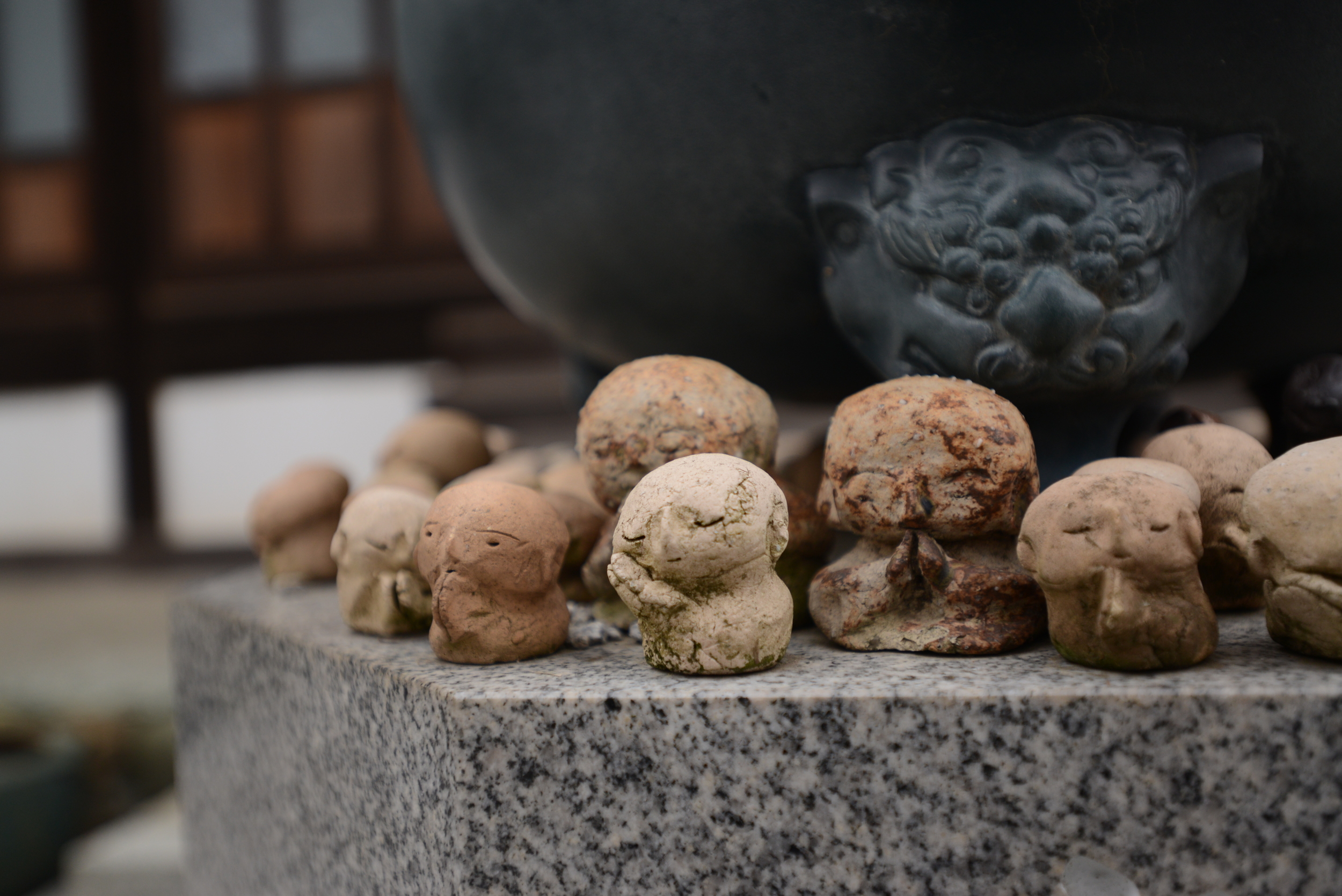
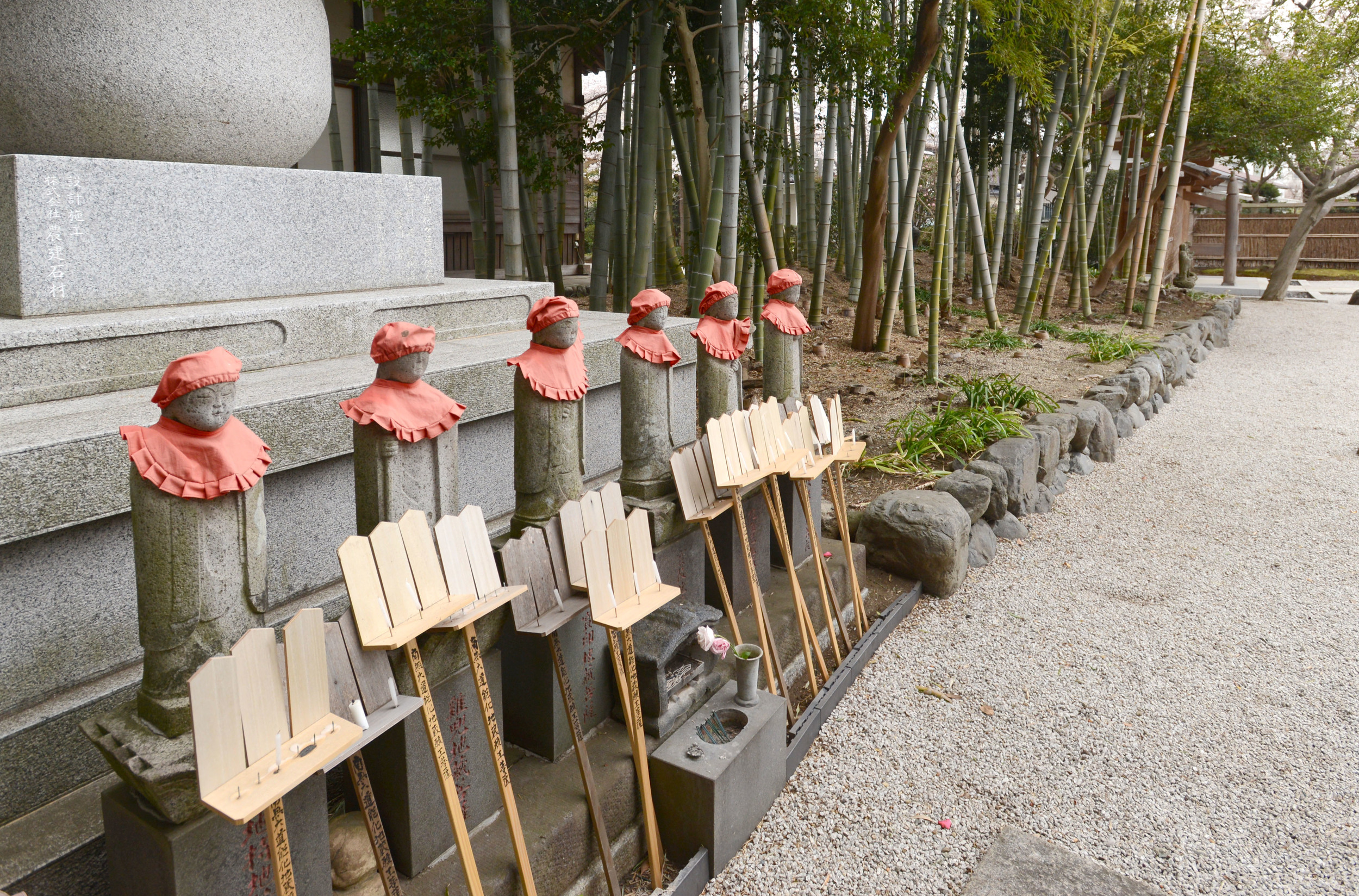

Exploring a Zen state of mind
Photos and story by Tetsuo Nakahara - Published on Stripes Japan
My mother used to go to a Zen temple for meditation when I was a kid, and I had no idea what she was doing. In fact, watching her sit in the same position for a long time with her eyes half closed in meditation kind of scared me.
Thirty years later, I recently found myself curious about Zen meditation as way to counter a busy lifestyle and enjoy some quiet “me time.” It has helped me realize that it was probably what mom was after, too. Maybe it is something we’re all after.
It’s funny; I’ve heard the word Zen used more often in the U.S. than in Japan. Zen and meditation are kind of trendy in Western countries where they are considered mysterious traditions from the East. In Japan, most people think Zen is something that is not for everyone, nor easy to practice. So exactly what is it and how does it work, anyway?
Zen Buddhism is a practice that has been passed on from master to disciple since its founding by the Buddha Siddhartha Gautama 2,500 years ago in India. Buddhism was embraced throughout Asia. In China, it merged with Taoism and evolved into “Ch’an” (meditation), which over time became “Zen” in Japan. There are three branches of Zen in Japan: Soto, Rinzai and Obaku. They all practice “zazen,” or seated Zen meditation.
Joining a couple of zazen sessions at Rinzai shu Jyohukuji temple in Sagamihara City, Japan, I enjoyed shutting out some of the world’s distractions and looking into myself for an hour of much-appreciated silence.
“Zen has been used as a way of discipline for monks,” said Wagen Hara, a chief monk at Rinzai shu Jyohukuji. “Long-term Zen training helps you admit the good and bad within you and accept who you really are. In this society, people focus only on the good part and never look at the bad or ugly parts of things – they push them away and hide them somewhere.
“Everything always has good and bad in its entirety,” Hara explained. “Zazen gives you a chance to look within and see the whole you in order to find a balance.”
Hara trained at Kenchoji Zen Temple in Kamakukra, Rinzai’s main temple and the oldest Zen training monastery in Japan. There, monks lead a very regulated and disciplined life for at least three and a half years.
At Kenchoji, Dec. 1-8 is called “Rohatsu osesshin,” a week dedicated to intensive zazen. The custom has its roots in Buddha’s own enlightenment ,which he is believed to have attained after a week of meditating during this period. Following his example, monks meditate for a whole week, regardless of the cold weather.
“Monks sit to practice Zen for 22 hours a day during the whole week, and we are only allowed to close our eyes for two hours while we are in a sitting position,” said Hara. “They practice zazen even when they eat. They must keep an eye on one spot and sit in the same position for eight days straight. It was very tough training.”
Hara has provided zazen sessions for the public every Sunday at his family’s temple that he runs in Sagamihara City for the past 30 years, ever since he finished his training at Kenchoji. He said the number of zazen participants he sees each week is up from five to 10 five years ago, to 20 or 30 now.
“I’m not quite sure the reason why,” Hara said. “It may have something to do with society today. It seems more people are interested in Zen. People seem to be looking to get something out of Zen nowadays.”
During my recent zazen a session, we chant an “okyo,” or mantra, together. Then we sit cross-legged on a cushion and, with our eyes half open, we focus on one spot about one yard in front of us. Taking slow deep breaths, we count from one to 10 with each exhale and start count again. We do this for 30 minutes, take a five minute break, and then meditate again for 30 minutes.
Sometimes Hara may even give willing participants a light rap on the head with a “keisaku” stick to help them stay awake and focused.
Locals are not the only fans of Zen meditation in Japan, either.
“What an amazing experience it has been,” said Col. Michael Brumage, deputy commander for BG Crawford F. Sams Army Health Clinic at Camp Zama, Japan. He has participated in Hara’s Zen sessions for about a year. “The experience in Jyohukuji is one of the highlights of my being in Japan. It’s not just a unique cultural experience; it’s that the temple has really become a home in a way.”
Brumage first learned of zazen through Dr. Jon Kabat-Zinn, founding director of the Stress Reduction Clinic and the Center for Mindfulness in Medicine, Health Care, and Society at the University of Massachusetts Medical School. It was part of his 2009 studies at the school in “mindfulness” behavioral modification techniques. He found similarities between zazen and the mindfulness program after starting it with Hara, and incorporates some of it in his mindfulness program at Camp Zama.
“I started Zen as a growth of my mindfulness practice,” said Brumage. “As I first started, I experienced the same things everybody experience. The mind wondering all the time and there is impatience. But the difference between then and now is the awareness. It’s awareness that my mind is wondering, and awareness I am becoming restless. That is the fundamental shift.
“There is the fundamental shift between the time being you are just restless and time when you are aware that you are restless.” He continued. “That opens a whole new door because you have a way to experience in a very directive way that allows to change it.”
At the end of Hara’s meditation sessions, the group sits in a circle and shares their Zen experience over a cup of Japanese green tea.
As for me, found that as I accepted all my thoughts as they floated like clouds in the sky of my mind. In the process, I may have gotten small glimpse of true peacefulness.
Want to try Zen meditation? Check out:
Jyohukuji, Rinzai (Kenchoji Branch)
2516 Shindo Minamiku Sgamihara, Kanagawa, (a 13 minute walk from Sobudaishita Sta.)
Session includes Zazen, chanting and tea. Sunday: 7-9 a.m.
Cost: Free (No English instruction available.)
Tokuun-in, Rinzai (Daitokuji Branch)
4-1-4 Higashi Ueno Taito-ku, Tokyo, (a 5 minute walk from Ueno Sta.)
Session includes zazen, chanting and tea. Fridays 7-9:15 p.m.
Cost: Free for beginners. Regular participants pay 1,000 yen per month.
Foreigners welcome. English instruction available. Newcomers are asked to make arrangements in advance by email to tokyozazen@jcom.home.ne.jp, and arrive at 6:30 for a short orientation.
Soun-in, Rinzai (Daitokuji Branch)
4-1-12 Higashi Ueno Taito-ku, Tokyo, (a 5-minute walk from Ueno Sta. and right beside Tokuun-in)
Session includes zazen, chanting and tea. Lecture by Daiyu Roshi on Mondays.
Every second weekend of the month on Saturday, Sunday and Monday, 7-9:15 p.m.
Foreigners welcome. Instruction is available if you arrive by 6:20 p.m.
For more information, visit okinawa-international-zencenter.org/ (Japanese)
- See more at: http://japan.stripes.com/travel/exploring-zen-state-mind#sthash.9TrIlxo8.dpuf
